We’ve all heard about IKEA hacks right? Well they’ve now come up with the first official hackable product, designed by Tom Dixon for IKEA and which is open for your interpretation and imagination.
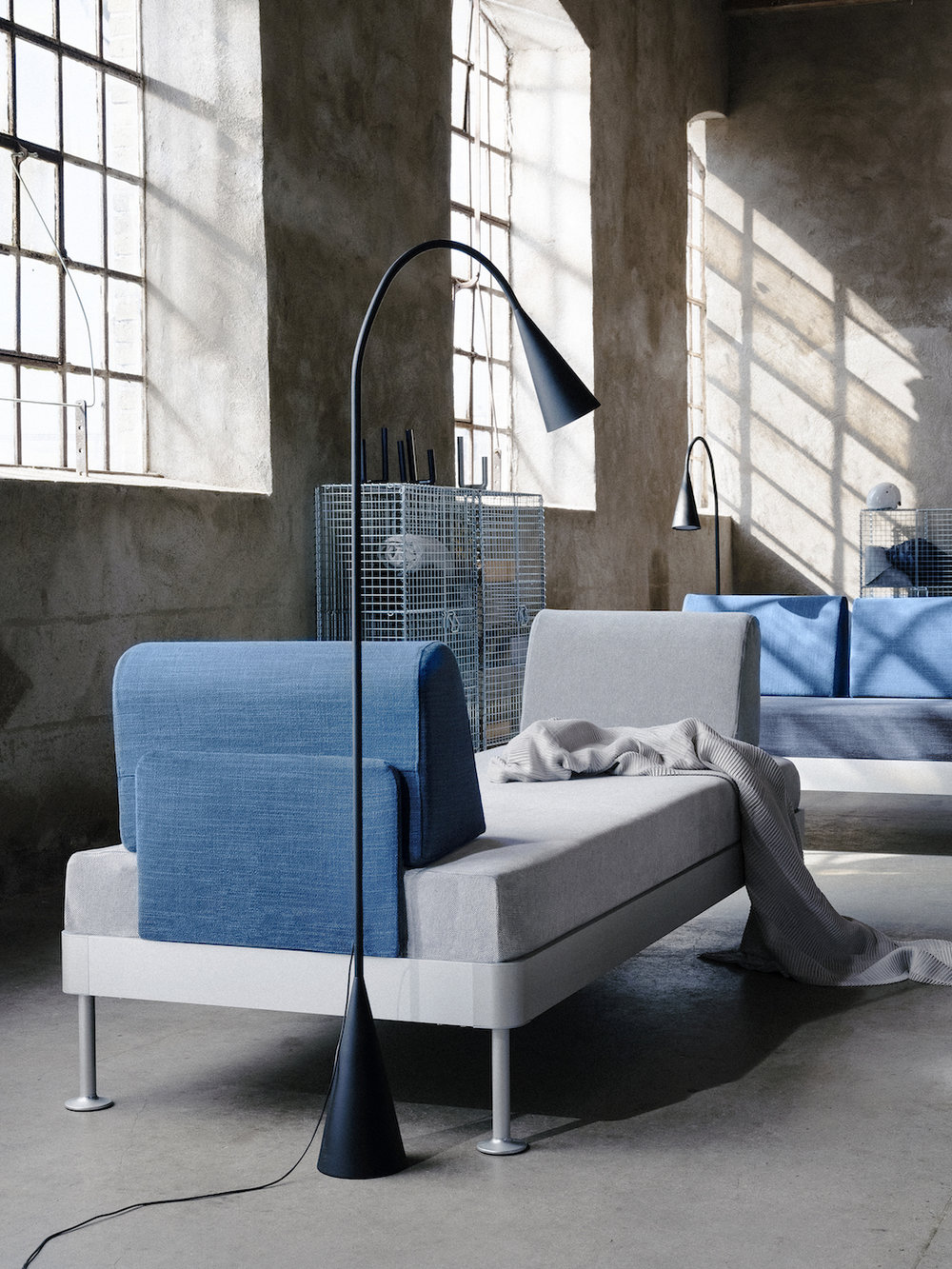
Hi everyone, it’s here. Last week my adopted city of Stockholm was jam-packed with events around town for Design Week, in conjunction with the Stockholm Furniture & Lighting Fair. One of the events I attended was a press talk on sustainable design and circular economy with IKEA and Tom Dixon, to coincide with the release of their collaboration, . At the end of the talk I had the opportunity to interview Tom, which I’m so excited to share with you here on decor8! But first, some background about their partnership.
I attended an evening in conversation with Tom in Auckland, New Zealand a few years ago and one thing that struck me about this iconic British designer is that he is anything but conventional. So when I heard that he spent time in car factories when researching for a new functional and sustainable furniture line for his collaboration with IKEA, I wasn’t surprised. From there, he looked at smartphones, where people are constantly downloading and changing the applications and interface to suit their changing needs. He then got to work on the project with seventy-five design students around the world as part of their Masters degree, a great way to look at design through another generation’s eyes and needs.
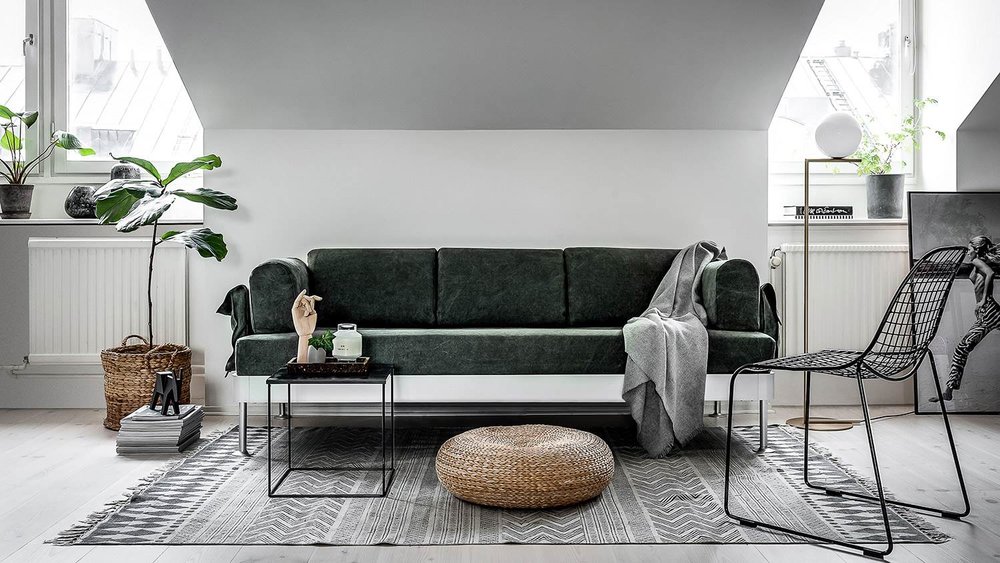

To Tom, sustainability is very much about the longevity of a product that will stick around for longer, as people use it differently and as their lives evolve. He came up with a base that is a comfortable and affordable bed and that has add-on components, to make it into a sofa. What I find exciting here, is that is that not all parts for DELAKTIG, which translates to, “involved”, are available at IKEA. I’ll explain how it works.
You’ll find the base, which comes in three different sizes, along with backrests, tables, sides and light units at IKEA. All of it is very functional and adaptable as is, however as a world first, approved hacks can be purchased elsewhere. has covers and add-ons available exclusively through him and who are known for their custom sewn IKEA sofa covers. You can, of course, get creative and hack the product yourself, hence the aluminum frame, that, along with its durability, is a metal that’s easy to design in grooves and parts, making it easy to hack in.
“It’s an interesting idea, as a designer you’re always trying to create the perfect iconic product to sell and market. Here we were doing the opposite, it was: How can we make the perfect base for people to do what they want? It’s both thrilling and terrifying. ”
The day before the interview, I walked along Hamngatan, a main shopping strip here in Stockholm. The four main windows of the department store, Nordiska Kompaniet, were dedicated to Tom Dixon, design icon. Seeing his creations there all together reminded me of just how huge this man is in the design world and I admit, it stirred up a few healthy nerves in me. Tom soon put me at ease though. He is sharp, super passionate and he is self-taught, which I suspect might be his weapon in pushing the boundaries of design.
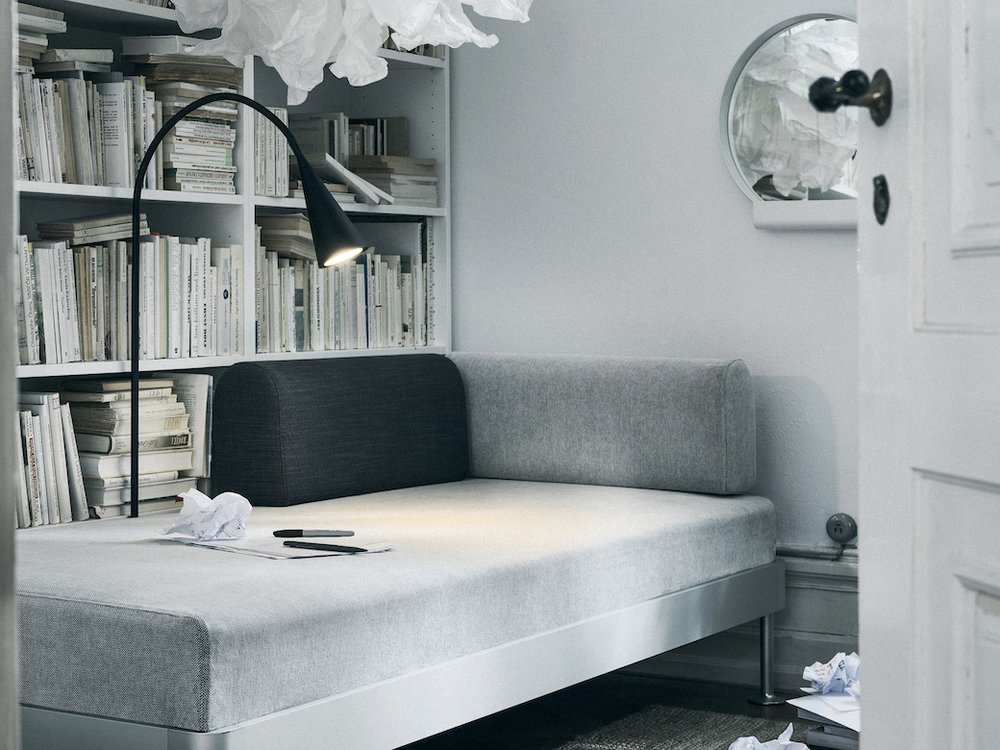
Mel: I love the idea of good design being available to everybody. Is that one of the reasons that you teamed up with IKEA?
Tom: I worked for ten years as creative director of Habitat, which was owned by IKEA at the time, so I had a much deeper insight into what they do and how they do it, than most other designers. In that context, when I started my company and after ten to twelve years working as an independent and building my own brand, I did miss the affordability, mass production and the might of working with experts in that field. So those two factors and also the fact that realistically I don’t think that we’ll ever do beds because of the logistically they are complex with comfort levels and various mattress sizes in different territories. It’s not the sort of thing that we’d be able to do properly because IKEA dominate in this area. In that context, it was the right person to go to. I also like that more luxury fashion labels are working with high street and doing something that is mutually beneficially stretching themselves. I loved the Commes des Garcons and H&M collaboration.
M: Did you learn anything through IKEA’s production chain?
T: The learnings were more about the mentality towards change and working with a company that has resources to pull on and can make big decisions that have got global impact. They spoke about that earlier in regards to the amount of glue they use (referring to how IKEA is now developing a more environmentally friendly glue which will reduce 2% of their emissions). You learn a hell of a lot from the work methods and the way they are organised. There is also a kind of second generation in IKEA coming through now and they are intent on changing the way in which they work. There are bigger openings. The hacking idea three or four years would have been impossible because they were keeping their secrets. We were talking about this project once it (hacking) started. Why would we do that for, when there is nothing to buy, so why would we talk about it? But in the modern world, that’s what you do. You also have access to vast amount of data of what goes on in people’s lives and how they live, which you never get in a small company.
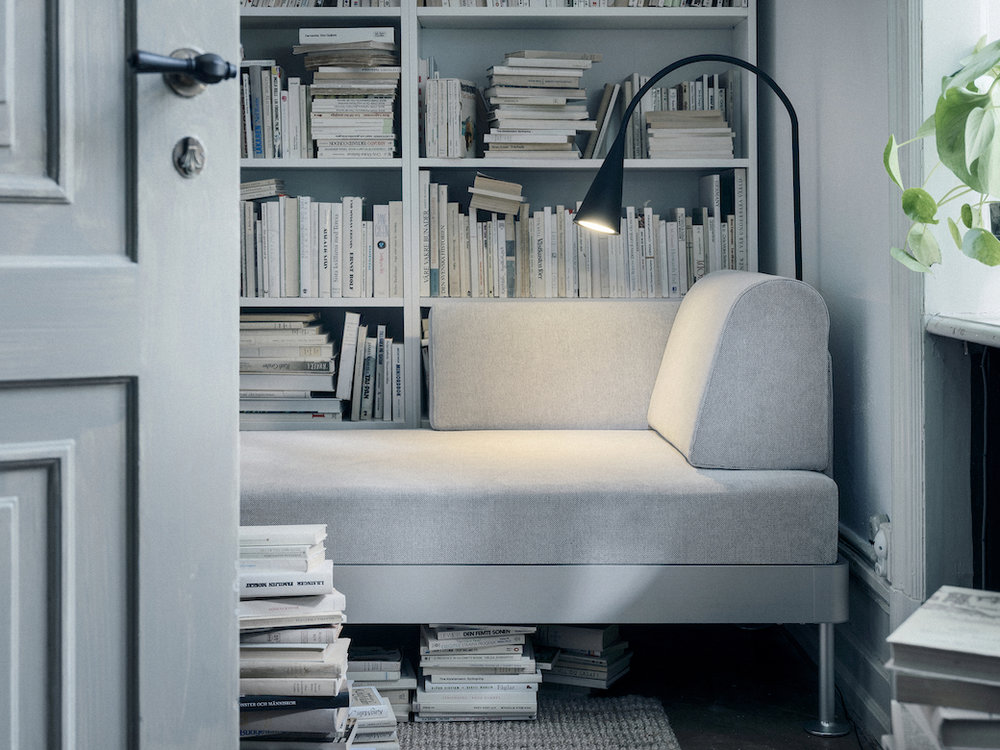
M: What do you think about sustainability in general and how are designers like yourself trying to solve the problem?
T: I think it’s essential to have an aptitude to it and take it very seriously. Every designer has a duty to do that but then again, so does every consumer and every government. It has become such a pressing thing and obviously for most of us, it’s very hard to unravel the complexity of what one should do about it. I think just being active is definitely what you have to do and be conscious. Then also, without a doubt, my thing always comes back to making something that will stick around long enough to justify the production in the first place. Then there’s aluminium, obviously there are all sorts of issues in terms of mining but if you make it, it can be recycled, it’s valuable enough that if you left the sofa on the street, someone will recycle it because there is a few pounds in it. You can also recycle it forever, you have to add a small percentage of virtual material, something like ten or fifteen percent, but it is infinitely recyclable, unlike plastic.
M: What designers have your attention in London at the moment?
T: There are more conceptual artists at the moment that are amazing like, and . Watch out for who is a stylist turned furniture and fashion designer. I can’t think about any stores off the top of my head though.
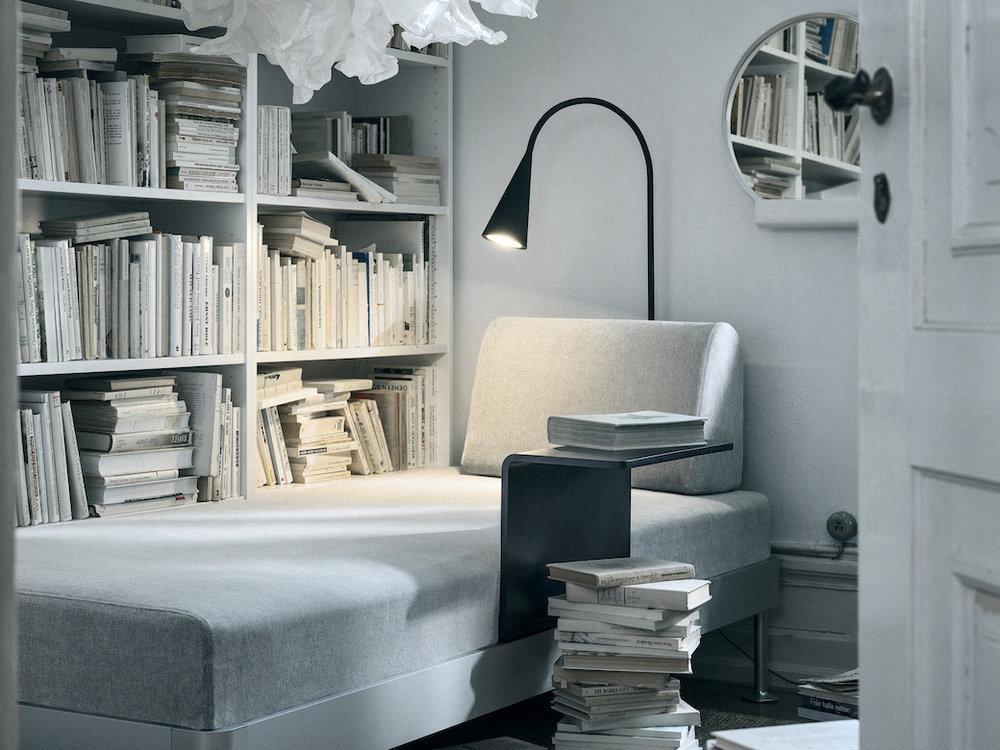
M: On the topic of retail, what do you think about the future of it, and how can shops keep people coming in, as apposed to shopping online?
T: It sounds cliché but you have to entertain people, you have to go into the world of entertainment and activity and exclusivity for some things. You have to work harder than ever before because locations are expensive. That’s not why we’ve gone into having a restaurant in place but you want to keep the place alive then people will want to visit. People will still want to go places, whether they buy in store or later online is almost immaterial but you need to engage and you’ve got to work a lot harder than before.
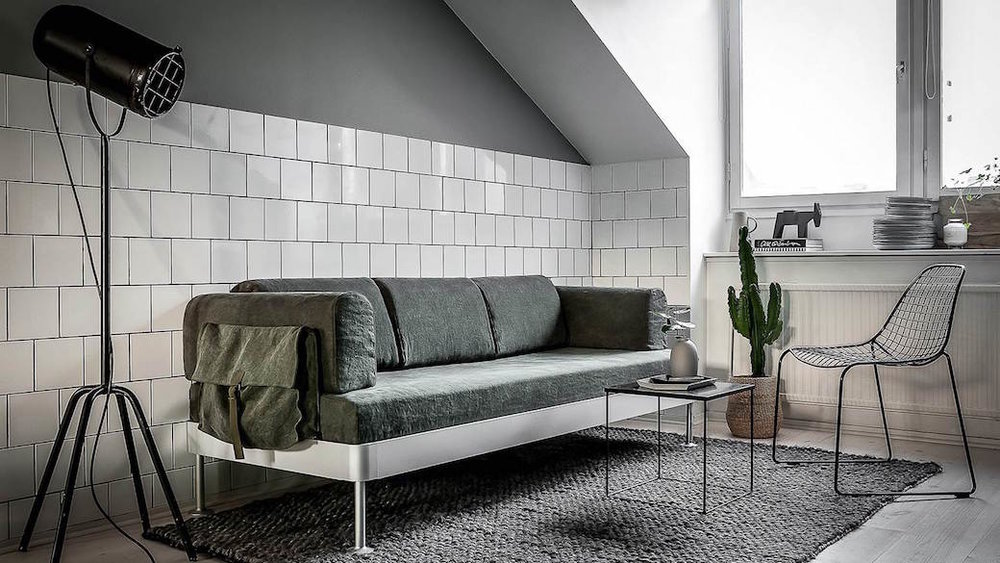
Okay lovely decor8 readers, I have a question for you now. How do you shop for things for your home these days? Do you pay attention to whether the product has had a sustainability component in the design process? What do you think about a product like DELAKTIG adapting to your changing needs and would something like that work in your life?
See you in March! –
(Text: , Photos, IKEA and BEMZ)





























